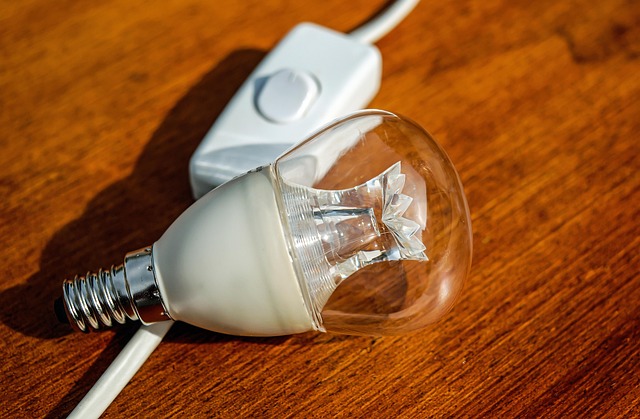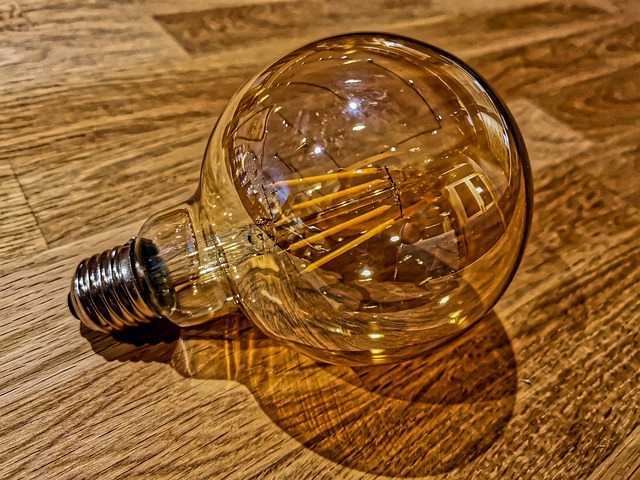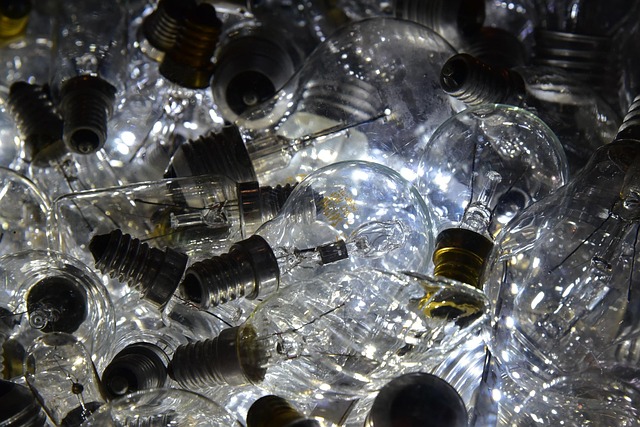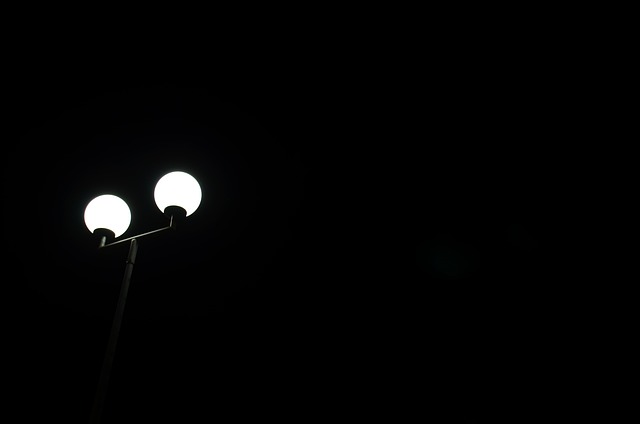Lighting and design are crucial for energy-efficient buildings in eco-conscious communities like Eugene, Oregon. Strategic approaches include combining aesthetics with functionality through natural light utilization, energy-efficient bulbs (e.g., LED technology), smart controls (dimmers, sensors, timers), and balanced lighting strategies. These measures not only reduce power consumption and costs but also extend fixture lifespans, contributing to both environmental conservation and enhanced space aesthetics.
Discover how efficient lighting solutions in Eugene, OR can transform your spaces while reducing energy consumption. This comprehensive guide explores the multifaceted world of lighting and design. From understanding the impact of lighting on energy usage and local incentives to popular choices like LED and smart systems, we cover it all. Learn about integrating lighting with design principles to enhance aesthetics and functionality, ensuring both beauty and efficiency.
- Understanding Lighting Design for Efficient Energy Usage
- – The impact of lighting on energy consumption
- – Basic principles of lighting design for optimal efficiency
Understanding Lighting Design for Efficient Energy Usage

Lighting and design go hand in hand when it comes to efficient energy usage. Understanding the interplay between space, function, and aesthetic can significantly impact a building’s energy consumption. A well-designed lighting system doesn’t just enhance the ambiance; it also minimizes energy waste. This involves strategic placement of fixtures, leveraging natural light where possible, and selecting energy-efficient bulbs.
By integrating smart controls and automated systems, lighting design becomes even more dynamic and efficient. Dimmers, sensors, and timers allow for precise control over lighting levels, ensuring that lights are only on when needed. This not only reduces energy costs but also extends the lifespan of light fixtures. In the context of Eugene, OR’s diverse climate, proper lighting and design strategies can help create comfortable indoor environments while optimizing resource use.
– The impact of lighting on energy consumption

Lighting plays a pivotal role in shaping the energy consumption patterns of any space, be it a residential home or a commercial building. In Eugene, Oregon, where residents are increasingly conscious of environmental sustainability, efficient lighting solutions are not just a trend but a necessity. By adopting modern lighting and design strategies, communities can significantly reduce their carbon footprint.
Energy-efficient lighting systems, such as LED technology, offer a sustainable alternative to traditional incandescent bulbs. These advanced designs consume far less energy while delivering superior illumination, making them an attractive option for eco-conscious individuals. Moreover, careful consideration of lighting and design can optimize space aesthetics and functionality, ensuring that every corner is illuminated effectively without compromising on energy conservation.
– Basic principles of lighting design for optimal efficiency

In the pursuit of efficient lighting solutions, understanding fundamental principles of lighting and design is paramount. The first step involves recognizing that natural light should always be maximized; strategic placement of windows and skylights can significantly reduce reliance on artificial lighting during daylight hours. Additionally, controlling light levels through the use of dimmers and automated shading devices ensures energy conservation without compromising comfort or ambiance.
A well-designed lighting strategy considers both task and overall illumination needs. For specific tasks, such as reading or working at a desk, focused, direct lighting is ideal; this can be achieved with table lamps or undercabinet lights. Conversely, general lighting should provide uniform illumination across a space, typically accomplished through ceiling fixtures or pendant lights. Balancing these elements not only enhances energy efficiency but also contributes to a more productive and pleasant environment.
